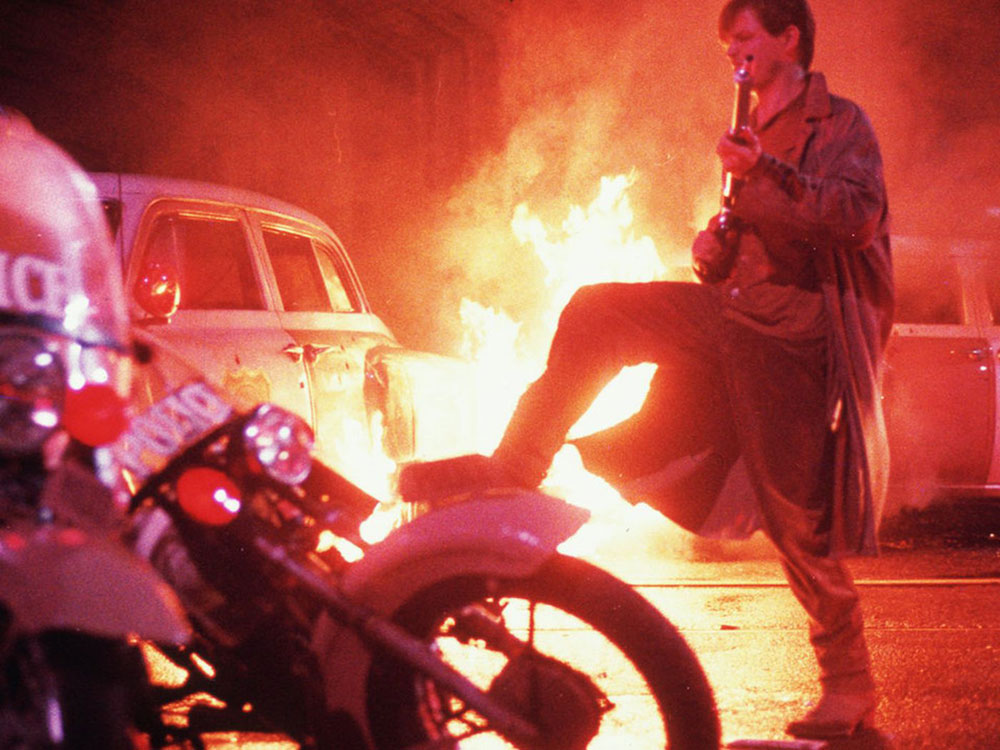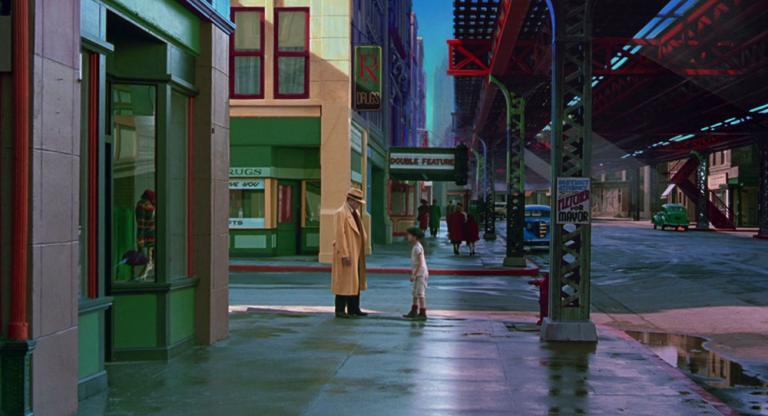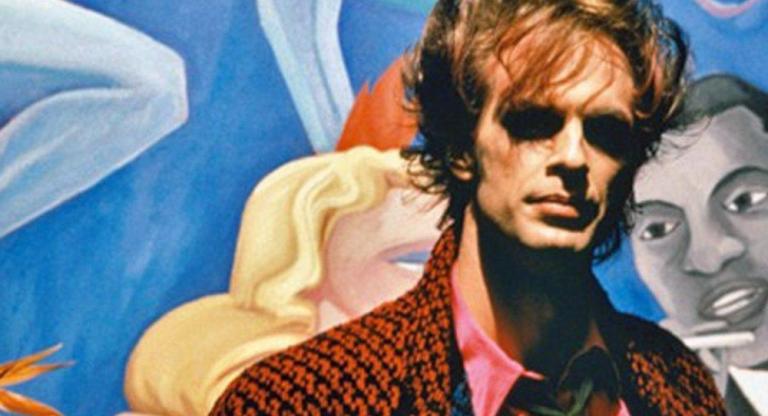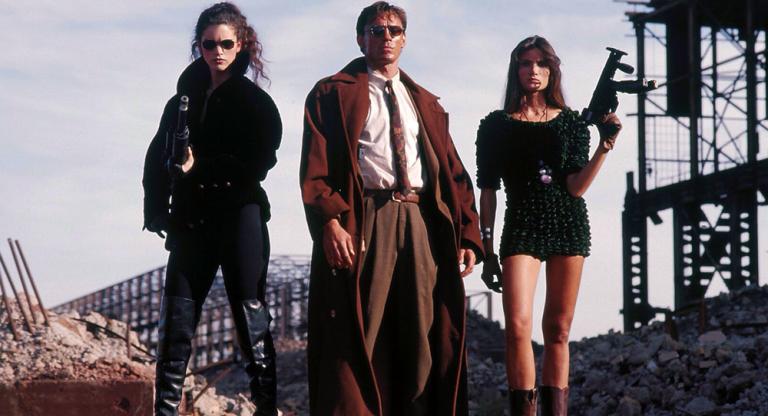Nobody expected Walter Hill to follow up the surprise box office success of the R-rated 48 Hrs. (1982) with a PG-rated “rock & roll fable” inspired by a Bruce Springsteen song. Streets of Fire (1984) bombed theatrically, failing to find an audience amidst the fury of Ghostbusters (1984) and Gremlins (1984) fever, which both opened the week after Hill’s film played to mostly empty screens. Forty years later, it has become evident how short-sighted audiences and critics were during the summer of ’84, mistaking Hill’s rock opera for something dated when its stylish mashup of pulp and pop aesthetics has endured.
Though often regarded as a hardened genre director—early career highlights include the cool caper The Driver (1978) and the brutal backwoods revenge film Southern Comfort (1980)—Hill was no stranger to the teen market. The Warriors (1979), made between the two aforementioned films, showed Hill’s affinity for comic books and appealed to younger audiences because it authentically depicted young city dwellers trying to find themselves amidst the pervasive real world threats of their urban environment. The film was a cultural hit, played to sold-out crowds, and incited unexpected violence due to its romanticized portrayal of inner-city gangs. That Hill returned to similar material in Streets of Fire feels harmonious with the rest of his career’s thematic and visual interests.
Ultimately, Streets of Fire is a basic crime story similar to those produced by the Metro-Goldwyn-Mayer production label American International Picture two decades earlier. The central conflict involves a gang of bikers, led by a histrionic Willem Dafoe in leather overalls, who kidnap a famous singer named Ellen Aim (Diane Lane). This spurs Aim’s ex-boyfriend, Tom Cody (Michael Pare), to embark on a rescue mission with his sidekick Reva (Amy Maddigan) to save her from the biker gang. Taking place in a fictional version of Chicago that is drenched in neon light at night and awash in cold grays during the day, Streets of Fire simultaneously evokes the urban grit of The Warriors and embraces the visual excesses of ’80s filmmaking.
Although Hill’s film was not embraced upon release, its influence could be felt through subsequent decades. Streets of Fire’s skillful fusion of comic book aesthetics and pop music is present in Cool as Ice (1991) and Scott Pilgrim vs. The World (2010). Furthermore, Hill’s rain-soaked fictional city seems especially inspirational for Alan Rudolph’s Trouble In Mind (1985) and David Fincher’s Se7en (1995), both of which use the rainy-city template to emphasize their male protagonists’ surly tempers. Although Streets of Fire was not based on an actual comic book property, it feels like a progenitor for the comic book movie going forward; its DNA shines through in Howard the Duck (1986), Teenage Mutant Ninja Turtles (1990), and Dick Tracy (1990). Another interesting aspect of Streets of Fire’s legacy is Albert Pyun’s film Road to Hell (2008), an unofficial sequel that brings back Michael Pare to play Tom Cody but was made with a fraction of Hill’s budget. Pyun’s film does not work as a sequel to Hill’s film, but it does prove that Streets of Fire has entered the cinematic canon in ways that nothing else Hill has directed besides The Warriors.
Streets of Fire screens tonight, February 5, at Nitehawk Prospect Park as part of the series “Another Time, Another Place.”






